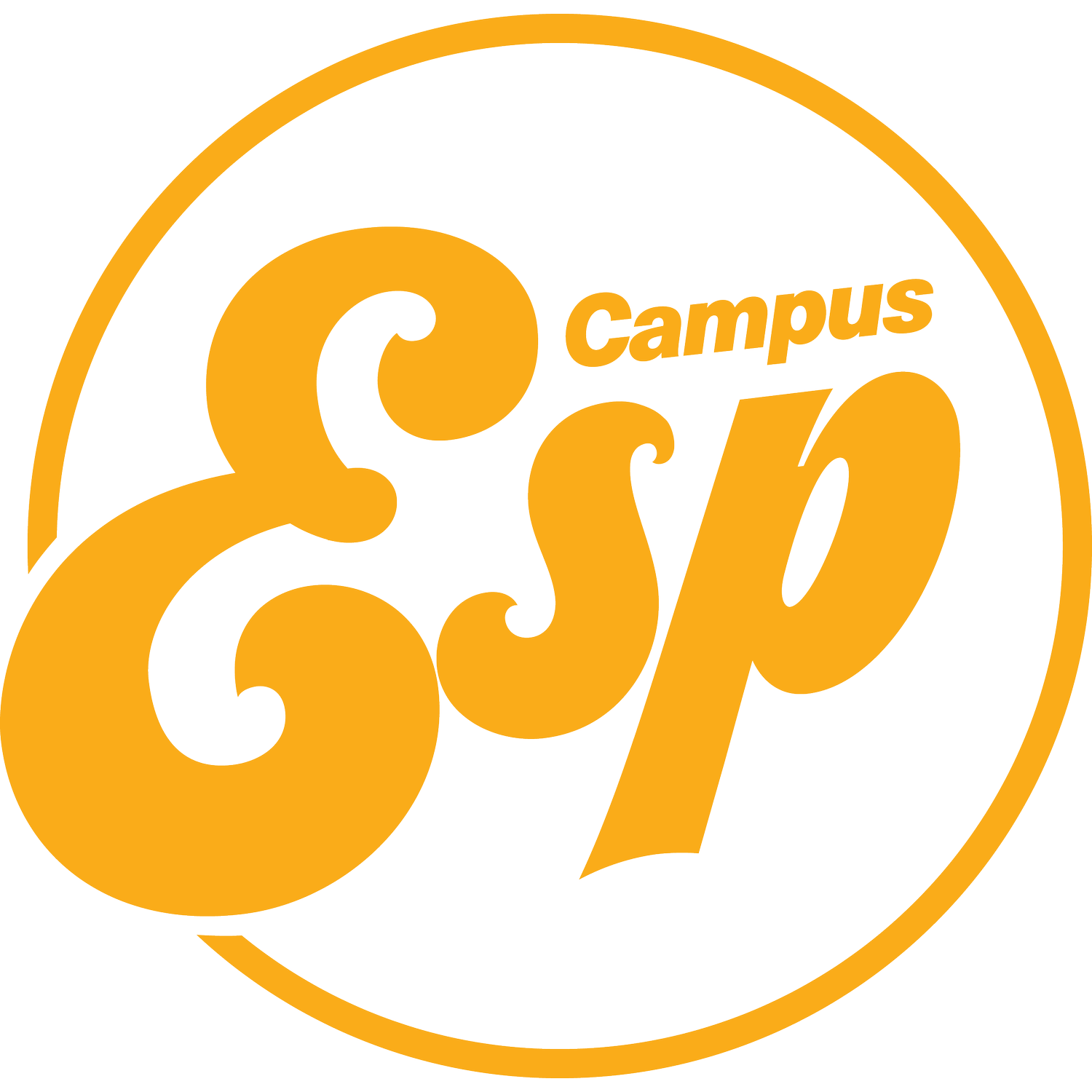5 family engagement strategies that drive enrollment success
When it comes to turning "maybe" into "yes" in the enrollment process, engaging families is more important than ever. But how can already-saturated teams, facing growing enrollment concerns, focus on the right outreach that will drive the action needed? In a recent webinar, we had the pleasure of hearing from enrollment experts Todd Coleman from Mount Mercy University and Bailey Bennetch from Tarleton State University.
They shared actionable strategies that helped them strengthen family communication and drive impressive results in their enrollment efforts. Read on to discover how to engage families with these 5 strategies. (Want to watch the discussion? Jump to the recording below!)
1. Meet families where they are
Family engagement isn’t one-size-fits-all, and communication preferences vary across populations. While email remains the preferred method of communication for most families, text messaging is on the rise. In fact, 30% of families prefer text messaging yet only less than 21% of colleges utilize this channel.
Tarleton State University adjusted their communication strategy by embracing text messaging to meet families where they are based on known family demographics. With 80% of students being first-generation, texting became a key way to reach these families in ways that resonated with them. For example, they sent targeted text messages with immediate, action-driven updates, like orientation sign-ups.
The results were clear: Tarleton saw a 12% increase in orientation sign-ups and a 5% boost in yield from admitted to enrolled students between 2023 and 2024. By integrating both email and text messaging, Tarleton successfully engaged families in ways that resonated with them.
2. Focus communication on highly engaged families
Generic communications won’t cut it anymore. By using engagement data, schools can personalize outreach to connect with families at the right level, boosting response rates and engagement.
Mount Mercy University focuses their outreach efforts on the families most likely to engage, using metrics like the Parent Promoter Score and student engagement data from Slate. This allows Mount Mercy to segment families and tailor their messages based on where they are in the enrollment process. In fact, 86% of deposited students had a parent using CampusESP.
3. Deliver the right content at the right time
Once you've identified the right families, delivering content at the right time becomes essential. Coleman stressed that timing and personalization go hand in hand. By using relevant data, Mount Mercy sends targeted content to families at the most critical points in the enrollment journey.
For example, admitted students receive tailored emails about scholarships, housing registration, and summer orientation, carefully timed 10 days after admission and 3 days after a deposit.
They also reinforce these messages with texts and personalized posts. By combining data-driven personalization with timely communication, Mount Mercy achieved a 13% increase in yield from 2023-2024.
4. Financial aid transparency is key
65% of prospective families say the final net cost of after aid and scholarships is the most important factor in choosing a college. Financial aid communication can never be overdone. Families need constant clarity and updates to feel confident in their choice.
Tarleton State University prioritized financial aid communication by offering clear and transparent messaging through various channels. They sent targeted emails and text messages to ensure that families knew exactly what steps to take, whether it was completing the FAFSA, understanding scholarship opportunities, or meeting key deadlines.
They even took it a step further by surveying parents to gather feedback on their needs and used this data to refine the content they sent out, ensuring it was relevant and actionable.
5. Make information easy to find
Both Coleman and Bennetch stressed the importance of centralizing key information to make it easy for families to find.
Mount Mercy made financial aid and enrollment information easy to find by consolidating resources into a single, centralized portal where families could quickly find scholarship details, housing options, and next steps. This approach eliminated confusion and ensured that families didn’t have to search through multiple emails or websites for critical details.
And they’re not alone — family portals are now the second most requested communication channel, with their popularity growing 12% over the past two years. It’s clear that families increasingly expect institutions to provide one go-to place for updates, forms, and key information.








